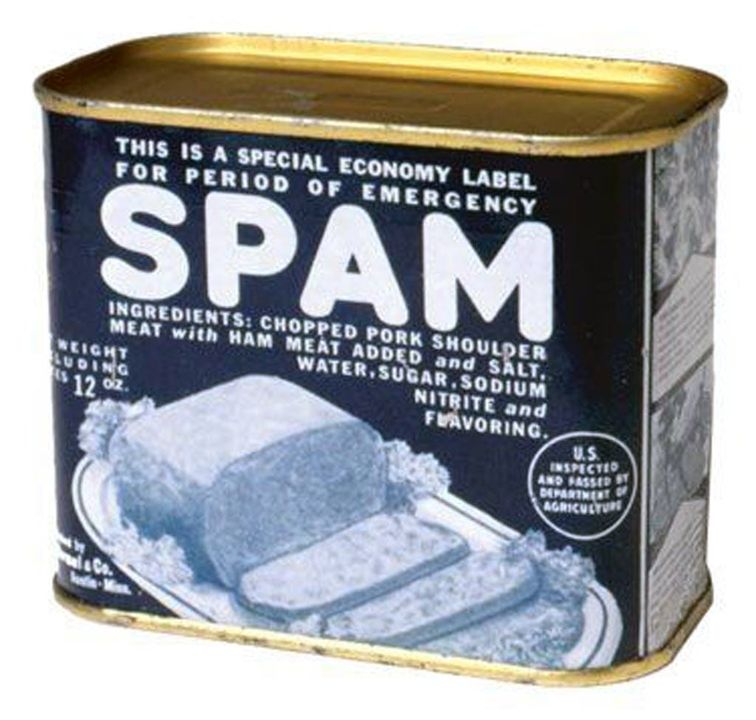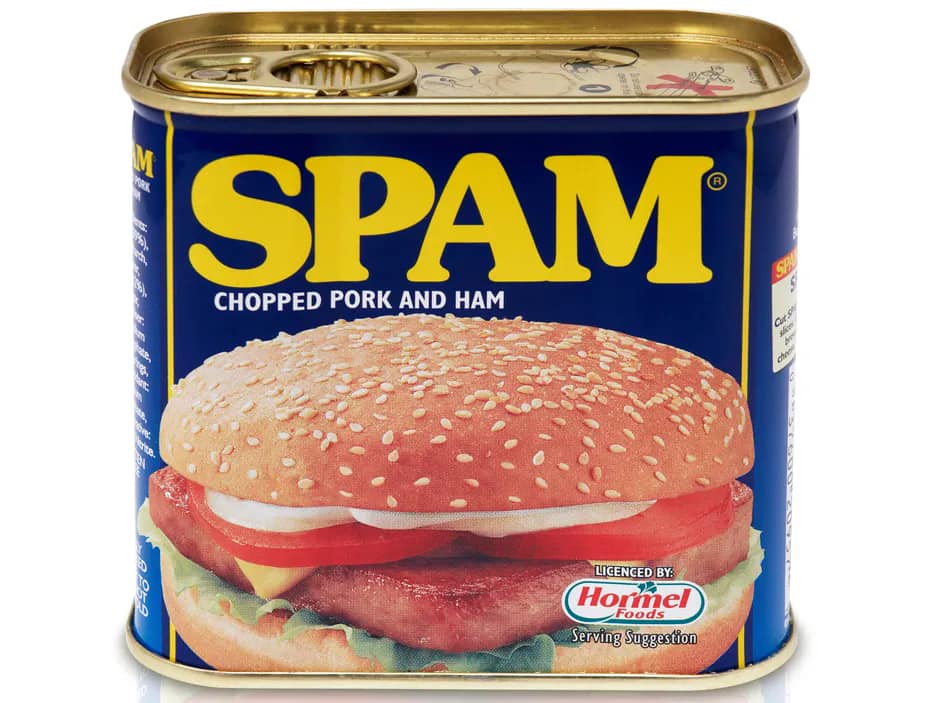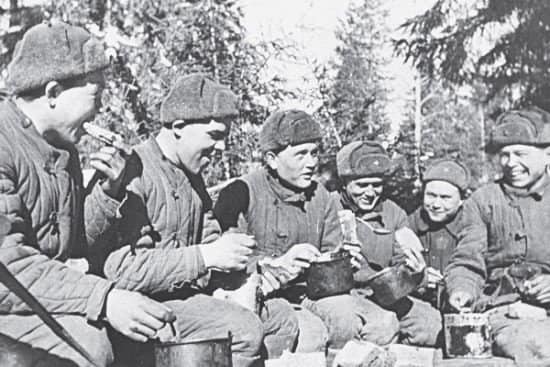The Unsung Hero of WW2: SPAM

First introduced by the Hormel Food Corporation in 1937, SPAM is probably one of the more divisive foods out there today. Created as a means to cut food waste, SPAM is a pork-based meat product made using pork shoulders, which were usually thrown away due to their toughness and being seen as a more “undesirable” cut.
When launched, it was seen as a cheap and easy meal for people still feeling the effects of the Great Depression. However, it was during WW2 when this canned cooked meat did its part for the war effort. With millions of men being deployed, it was essential to ensure they were well-fed with nutritious food, particularly protein, which was usually found in meats.
SPAM’s Role in the War Effort

This is where SPAM came in. It already had a long shelf life and had the nutrients soldiers needed. Since it was already cooked, it could be eaten right out of the can and anywhere. Of course, not everyone liked the pork meat product and it soon became the butt of many jokes by soldiers, most notably being called “Meat Loaf that failed Basic training” or “Ham that didn’t pass its physical” by American G.I.s.

Despite this, millions of tins of SPAM were shipped to not only American troops but other allied nations as well, and it was very much appreciated. In the USSR, SPAM was called “Roosevelt Sausage” by the Red Army, which received a large amount of it, and it soon became a favorite of the Red Army soldier. Even Soviet leader Nikita Khrushchev said, “Without SPAM, we wouldn’t have been able to feed our army.”
SPAM’s Post-War Popularity

It was thanks to WW2 that SPAM grew in popularity in places like Hawaii and Japan. For many people who were recovering from the war, SPAM was a welcomed addition to whatever they could get their hands on. Even the same G.I.s who gave it so much grief while deployed continued to buy and eat it once they returned home. Today, SPAM is still a popular meal for millions around the world.
Though personally, I think it’s a little too salty for me. ~NC










